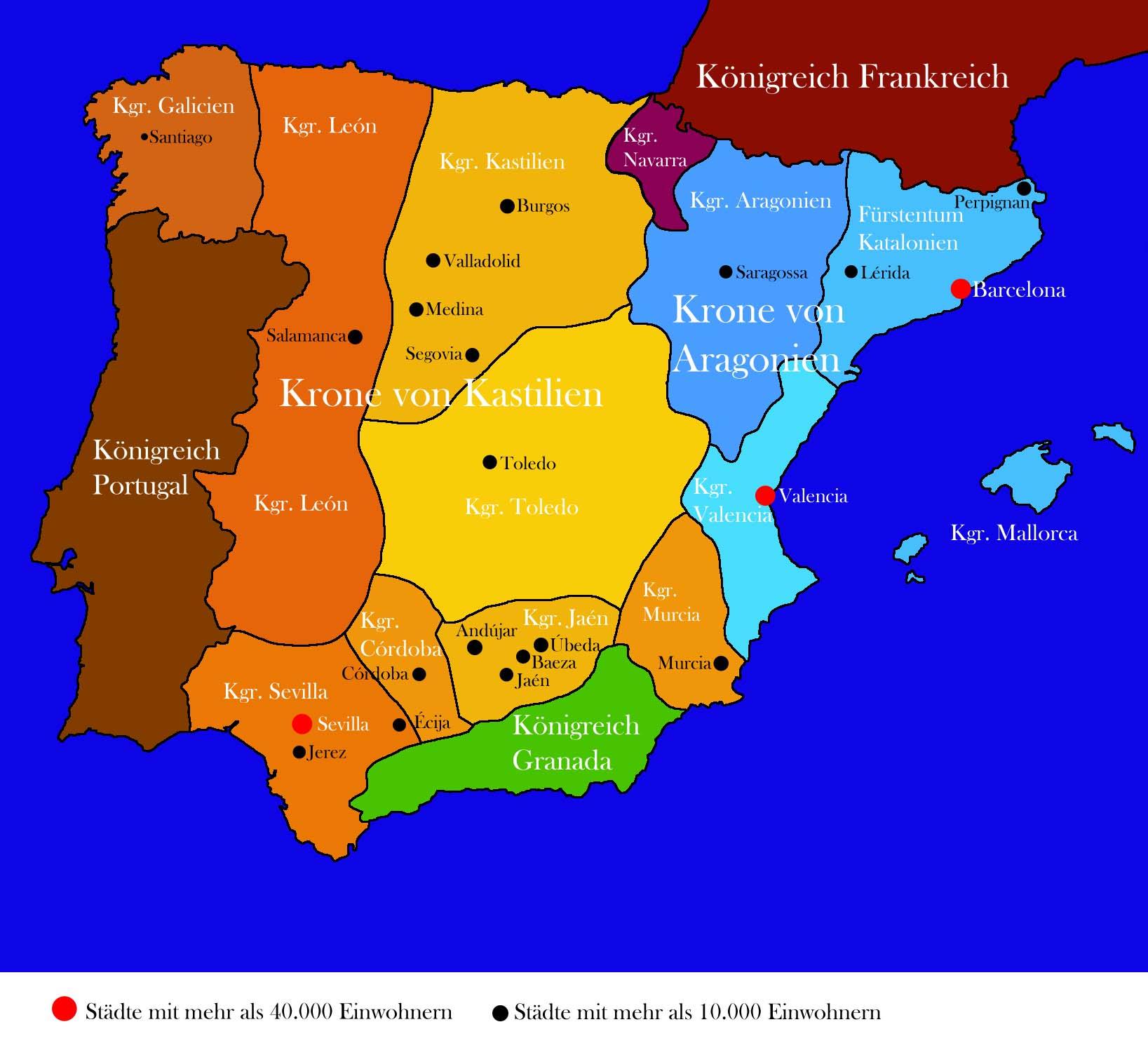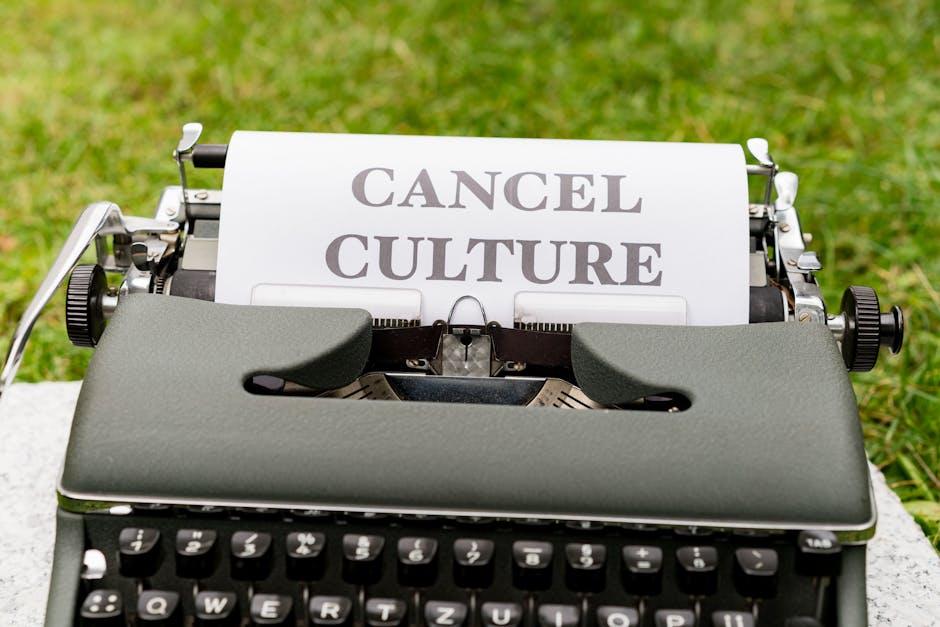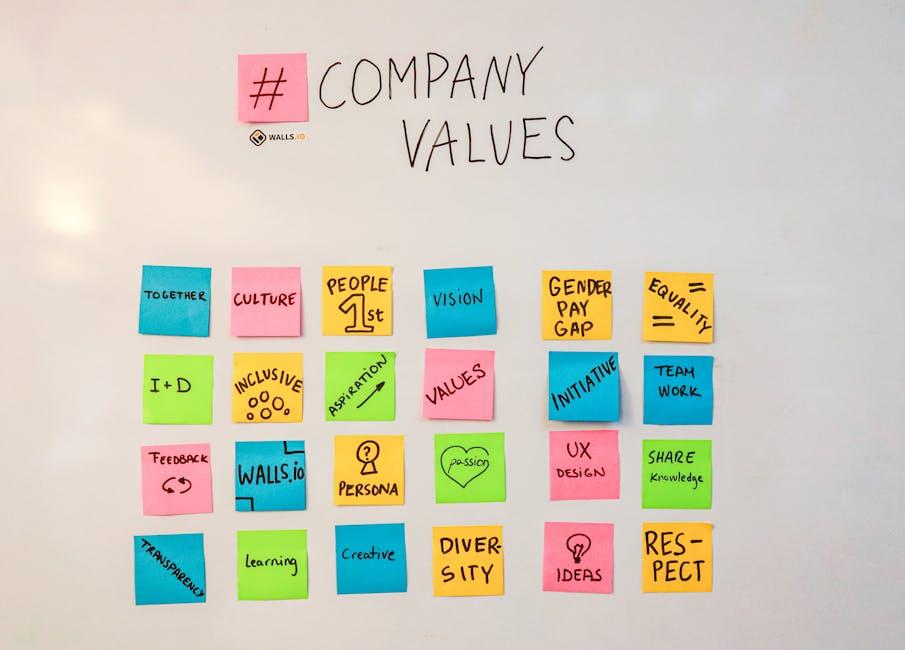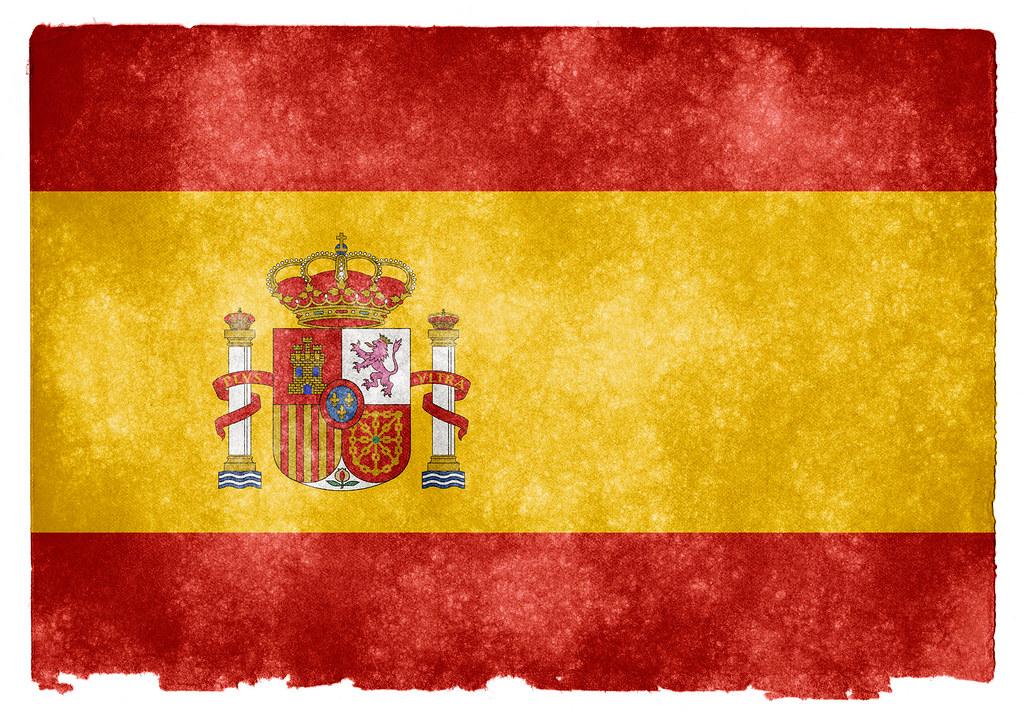In the heart of Spain, where the sun-kissed streets resonate with the rhythm of Flamenco and the air is scented with the zest of oranges, a linguistic revolution is quietly unfolding. Beyond the vibrant facades of its cities, Spain is gripped by a debate that has transcended the boundaries of academic circles and seeped into the very fabric of daily life. This is the debate over inclusive language, a topic that has ignited passions and polarized opinions across the nation. At its core, it is a discourse about evolution and inclusion, about how a language that has for centuries been a vessel of rich history, culture, and identity, adapts to the changing sensibilities of contemporary society. But why has this debate stirred such controversy? And more importantly, what does it say about Spain and its people? Join us as we delve into the intriguing world of Spain’s inclusive language debate, exploring the nuances that make it not just a matter of grammar, but a reflection of a society at a crossroads.
Exploring the Roots of Spain’s Inclusive Language Debate
In the heart of Spain’s vibrant culture lies a linguistic controversy that has sparked debates from cafés in bustling Madrid to serene plazas in Granada. The contention stems from a growing movement toward gender inclusivity within the Spanish language—a Romance language traditionally characterized by its gender-specific nouns and pronouns. Proponents argue for the importance of adapting the language to reflect and respect the diverse identities within the Spanish-speaking world. They suggest the adoption of gender-neutral terms, such as replacing “todos” (all males or mixed gender group) and “todas” (all females) with “todxs,” “todes,” or “tod@s,” which aim to include people of all gender identities beyond the binary male and female.
Divergence and Debate
Unlike the straightforward grammar rules that dictate Spanish verb conjugations, the rules for inclusive language are not set in stone and vary among its advocates. Herein lies the crux of the debate:
-
- Traditionalists argue that the Spanish language, with its roots deep in history, is a living testament to the culture and identity of over 580 million speakers worldwide. They view the proposed changes as unnecessary, arguing that the existing language already includes mechanisms for gender neutrality.
-
- Inclusivity Advocates counter that language evolves with society. They believe that the traditional Spanish language excludes non-binary, genderqueer, and other gender-nonconforming individuals, making a strong case for linguistic changes that reflect current understandings of gender.
| Viewpoint | Argument |
|---|---|
| Traditionalists | The Spanish language, rich in history and tradition, is adequate in its current form for communication and cultural expression. |
| Inclusivity Advocates | Language should evolve to be more inclusive, reflecting the diversity and changing perceptions of society regarding gender. |
This clash of perspectives underscores a broader discussion about language as a dynamic entity—capable of both shaping and reflecting societal changes. The inclusive language debate in Spain transcends grammatical nuances, touching on issues of identity, cultural preservation, and the power dynamics of language evolution. As the conversation unfolds both within and beyond the borders of Spain, it illuminates the complexity of balancing the preservation of linguistic heritage with the promotion of a more inclusive society.
The Societal and Political Divide: Unpacking the Controversy
The heart of Spain’s inclusive language debate pulses with a fervor that highlights deep societal and political divides, turning everyday words into battlegrounds for gender inclusivity versus linguistic tradition. The discussion centers on modifying the Spanish language to include gender-neutral terms, challenging the norm of gendered nouns and pronouns that define one of the world’s most widely spoken languages. This has prompted a kaleidoscope of reactions from various quarters, revealing layers of contention that go far beyond mere words.
On one side of the divide, proponents of inclusive language argue for modifications that reflect a more gender-diverse society, asserting that language shapes thought and, consequently, reality. They employ strategies such as
-
- Using “x” or “@” in words to denote gender neutrality, e.g., “Latinx” or “amig@s”,
-
- Employing duplicated forms like “todos y todas” (all men and all women) to ensure explicit inclusion,
-
- Introducing entirely new words to the lexicon that avoid gendered terminations altogether.
These tactics aim to dismantle the perceived male bias in the Spanish language, striving for a linguistic representation that feels more inclusive and equitable. Critics, however, raise significant concerns.
Concerns include:
-
- Disruption to the linguistic heritage and beauty of the Spanish language,
-
- Practical challenges in teaching and learning this evolving linguistic form,
-
- Political weaponization of language reform as a tool for socio-political agendas.
The debate thus underlines a clash between the desire for societal progress and the wish to preserve cultural heritage, making it a quintessential example of how language serves not just as a means of communication, but as a mirror reflecting society’s deepest divides and hopes.
Bridging Perspectives: Recommendations for a More Inclusive Discourse
In navigating the stormy waters of inclusivity, there’s a cardinal need for ensuring that the discourse around Spain’s inclusive language debate encompasses a wealth of perspectives. A cornerstone of fostering a more inclusive dialogue is the unequivocal appreciation of linguistic diversity. Here lie invaluable opportunities for enriching our conversations:
-
- Employing a pluralistic approach: It’s critical to acknowledge various viewpoints within the community, embracing the reality that language and identity are nuanced and multifaceted. This respect for diversity lays the groundwork for a comprehensive understanding.
-
- Promoting active listening: Ensuring that all voices, particularly those historically marginalized, are not only heard but are integral to shaping the conversation. Active listening encourages empathy and can significantly mitigate misunderstandings.
A visual representation aids in elucidating the potential pathways to inclusivity:
| Strategy | Objective | Expected Outcome |
|---|---|---|
| Integration of Inclusive Practices | Adopt gender-neutral language and inclusive terms | A more accepting and diverse linguistic environment |
| Education and Awareness | Enlighten the populace on the importance of diverse expressions in language | Increased sensitivity and understanding towards gender inclusivity |
| Open Dialogues | Facilitate forums, discussions, and workshops on inclusivity | Empowered voices leading to richer, more nuanced debates |
This table crystallizes the essence of bridging perspectives through distinct, actionable strategies, aiming for a discourse that is not only inclusive but enlightening and productive. By intertwining education, open dialogues, and the integral embrace of inclusive practices, the conversation around Spain’s inclusive language debate can transcend mere controversy, becoming a beacon of understanding, respect, and collective growth.
The Future of Language in Spain: Navigating the Path Ahead
In the vibrant tapestry that is Spain’s linguistic landscape, a profound conversation has emerged, threading its way through the fabric of society: the debate on inclusive language. At its core, this dialogue centers around the evolution of Spanish to better reflect and include diverse genders and identities. The controversy arises from the traditional structure of the Spanish language, which defaults to masculine pronouns and endings when referring to mixed or unspecified gender groups. Advocates for inclusive language propose adjustments such as the use of “e” or “x” (for example, “amigues” instead of “amigos” or “amigas”) as a way to encompass all identities. This suggestion, however, has sparked a fiery discourse among linguists, educators, the Royal Spanish Academy—the custodian of the language—and the wider public about the implications for Spain’s linguistic heritage and the practicality of implementing such changes.
| Traditional Approach | Inclusive Language Proposal |
|---|---|
| Ellos (They - Masculine) | Elles (They – Gender Neutral) |
| Amigos (Friends – Masculine Plural) | Amigues (Friends – Gender Neutral Plural) |
| Los estudiantes (The students - Masculine Plural) | Les estudiantes (The students - Gender Neutral Plural) |
Critics argue that such changes pose a significant challenge to the learning and teaching of Spanish, potentially complicating its grammar and affecting its beauty and historical richness. They fear that the adoption of inclusive language might fragment the linguistic unity across the Spanish-speaking world. On the flip side, proponents see this evolution as a crucial step towards visibility and recognition of non-binary and transgender individuals, fostering a more inclusive society. Amidst this debate, educational institutions, public bodies, and private organisations in Spain find themselves at a crossroads, navigating the balance between linguistic tradition and social inclusivity. Regardless of where one might fall on this spectrum, it’s clear that the future of language in Spain is not just about words; it’s about acknowledging and embracing the diverse identities that those words represent.
To Wrap It Up
As we conclude our exploration of Spain’s inclusive language debate, it becomes evident that words are more than mere vessels for communication; they are also powerful symbols of identity, inclusivity, and societal values. This vibrant debate, as it ebbs and flows through the streets of Spain, online forums, academic circles, and political arenas, reveals a society at a crossroads, balancing tradition with the call for progress. Like a skilled flamenco dancer navigating the intricate rhythms of a passionate dance, Spain is finding its way through the complexities of this linguistic evolution, seeking a harmony that respects its rich linguistic heritage while embracing the diverse voices that make up its cultural tapestry.
At the heart of this debate is not just the question of how language is used, but why it matters. For proponents and detractors alike, the implications of inclusive language extend far beyond syntax and semantics, touching upon issues of gender identity, equality, and social justice. It is a microcosm of the larger global conversation about how societies recognize and celebrate diversity within their midst.
As the discourse around inclusive language in Spain continues to unfold, it serves as a compelling case study for other nations grappling with similar issues. Whether one views the debate as a necessary stride toward inclusivity or an unwarranted complication of linguistic tradition, it’s clear that the conversation is far from over. Just as the Spanish language itself has evolved over centuries, so too will the norms and practices surrounding it, molded by the ever-changing landscape of societal values and beliefs.
In navigating the intricate tapestry of Spain’s inclusive language debate, one thing remains clear: language is a living, breathing entity, intricately tied to the identity and soul of a culture. As we stand on the precipice of change, watching this linguistic dance unfold, one cannot help but wonder what the future holds for the Spanish language and its speakers. Whatever the outcome, the journey toward understanding and inclusion is a testament to the enduring power of language to connect, define, and transform us.




